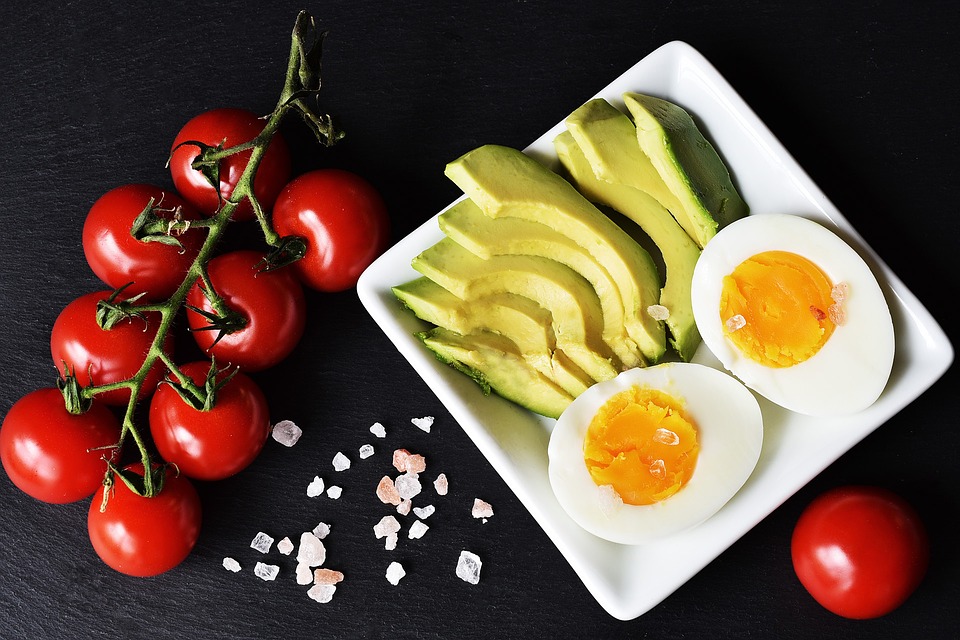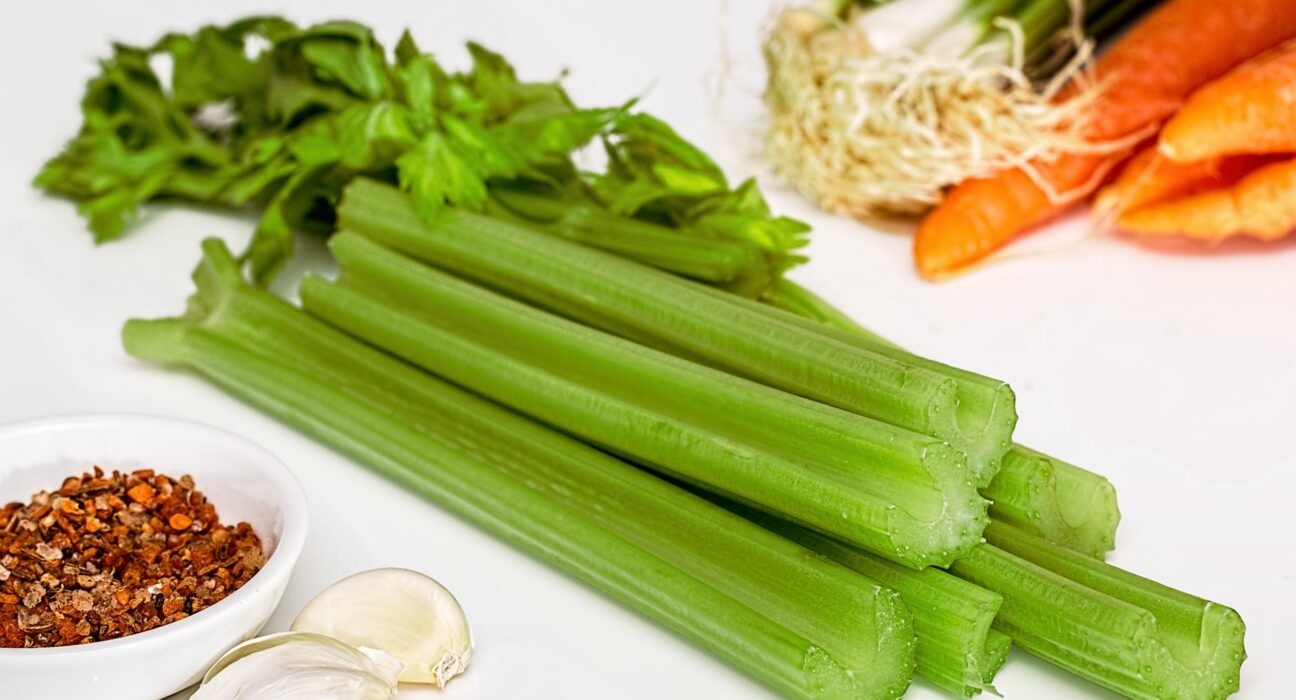- The Philippines is known for its agricultural resources and biodiversity.
- Coconut products, vegetable oil, mangoes, tuna, and bananas are some of the top food product exports from the country.
- Cacao products have become more popular recently due to their sustainability and ethical production practices.
- Exporting food products from the Philippines requires knowledge of export regulations.
Food Products the Philippines Export the Most:

The Philippines is a country rich in biodiversity. As a result, it has a wide range of agricultural resources that can be transformed into various food products.
Although the country is still striving to maximize its potential in exporting multiple commodities, such as electronics and semiconductors, it also has a growing number of food product exports known for their quality and distinct flavors. Here’s a closer look at the top food product exports from the Philippines.
Coconut Products
The Philippines is one of the leading coconut-producing countries in the world, making it unsurprising that coconut products are among the top food products exported from the country.
Some of the most famous coconut-derived exports include coconut oil, canned coconut milk, and desiccated coconut. These food products are a great source of healthy fats, making them popular among health-conscious consumers worldwide.
Vegetable Oil
The world’s dependence on vegetable oils seems to be increasing by the day, and the Philippines has emerged as a top exporter of this coveted commodity. For instance, Canola oil from the Philippines has become a global sensation thanks to its exceptional quality and taste.
Canola plantations are abundant in the country’s fertile regions, providing an unlimited supply of canola oil for export. The country’s vegetable oil output is a testament to its rich agricultural heritage and determination to satisfy the ever-growing demand for this essential resource.
Mangoes
Philippine mangoes are known for being fresh, sweet, and flavorful. They are so iconic that they have even made their way to Hollywood movies and international food expos. Philippine mangoes have become a favorite among consumers in the United States, Japan, and other Asian countries. As a result, mangoes are one of the significant food product exports of the country.
Tuna
The Philippines is an archipelago surrounded by waters rich in natural resources. Tuna is among the country’s most exported food products, with the yellowfin and skipjack species being the most popular. The government takes pride in its tuna products as they are canned and processed within 24 hours to ensure the freshness and quality of the fish.
Bananas
Bananas are the most exported tropical fruit from the Philippines. It is known internationally for its sweet and delicious taste, making it a favorite among health-conscious consumers worldwide. The country has established a robust and systematic banana farming industry that ensures high-quality and consistent production.
Cacao Products
The cacao industry in the Philippines has been steadily growing in recent years. The country’s unique climate and rich soil provide an ideal environment for growing high-quality cacao beans.
Cacao products, such as chocolate bars, cocoa powder, and cocoa butter, are among the most popular food product exports in the Philippines. The rise of the Philippine cacao industry has also brought attention to its sustainability and ethical production practices, which are gaining more demand worldwide.
Exporting Food Products from the Philippines
If you’re a business or an entrepreneur looking to enter the international market, exporting food products from the Philippines can be a viable option. Here’s a guide on how to export food products from the Philippines.
Know the Export Requirements
Before exporting any food products from the Philippines, it’s essential to know the export requirements. It would be best to abide by the regulations of the country you’re shipping to. The Philippine government has established rules for food products that require a sanitary or phytosanitary certificate.
Find A Reliable Exporter
Finding the proper exporter is one of the essential steps in exporting food products from the Philippines. If you’re unfamiliar with the industry, working with a reliable and experienced exporter with a good reputation, track record, and customer testimonials is crucial. In addition, choosing an exporter who can handle your shipment from packaging, transportation, and shipping is a plus point.
Ensure Product Quality and Traceability
As an exporter of food products, you must prioritize product quality and traceability. You must comply with import regulations to avoid recalls, loss of business, and damage to reputation. A quality management system (QMS) would effectively ensure the quality of your products, but it also needs to be traceable from farm to fork.
Determine The Right Market
The export market is an ocean of opportunities, but choosing the right one is crucial. You need to target a market with high demand for your products. Conduct market research and assess the market size, competition, and consumer preferences.
Final Thoughts
In conclusion, the Philippines has become a significant player in the global food industry, with food products recognized for their unique flavors and quality. Given its rich agricultural resources and growing industries, the country’s potential to export food products is boundless. Entrepreneurs and businesses from all over the world should consider the Philippines as a potential partner.





